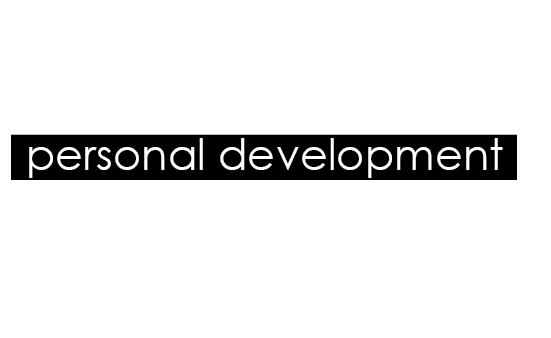Our problem was how can we promote the entertainment in Leeds to prospective students.
What evidence did you find to support your decisions?
I created an online questionnaire which was sent to everyone in uni. I had 97 responses which gave me a more accurate result. The 3 questions i asked were:
- Do you live in Leeds?
- Do you like Leeds?
- What do you think are the most important aspects of Leeds?
Shopping
Nightlife
Education
Business
Entertainment
We found that entertainment had the least support, so we knew we had to focus on this aspect of Leeds to attract prospective students.
What methods did you use to gather your evidence and what forms did it take?
The majority of my research was primary quantative, this is because the questioonaire i created was based upon numerical results.
I did have some secondary research, this was to find out the student population in Leeds and also information about the entertainment in Leeds found on websites and flyers. I also asked people their opinions about the entertainment in Leeds (current students) which is primary qualitive source material.
What methods of research did you find useful and why?
I found using a primary quantative and qualititive way of research the most useful and relevant. By asking first hand what current students allowed me to understand what students thought and liked. It would be no good if i gathered the opinions from the website as sometimes the reviews could be not be from students. In this case aswell it was interesting to first hand ask people thier honest opinions. Its a more hands on approach.
How did these inform your response to the problem?
From learning about current students opinions on Leeds entertainment we could write up reviews and begin to communicate to prospective students where the best places to go are. We created a website, blog and posters to communicate entertainment. It was written by students by students.
The purpose of gathering current studenst opinions was to make it easier for new students to find the best places to go out, where as alot of the booklets and flyers new students recieve only really show the typical and well known places to go, which isnt what Leeds entertainment is about.
What methods did you encounter as problematic?
I think with our problem it was harder to use secondary source material in any form because we couldnt be sure if the opinions online for example, would be those of current students in Leeds, so we had to be sure we had accurate results.
How did you overcome this?
I went out and did my own primary research, both quantitive and qualititive.
What research could you have carried out that would have proved more useful?
I think that i could have asked more students about their opinions on the entertainment in Leeds and also gone to a few of the places they said they enjoyed to be able to write first hand reviews.
List five things that you have learnt about the design process over the last two weeks:
- Gather as much source material as you can, whether it be primary, secondary, qualititive or quantitive.
- Dont invent a problem, focus on one that already exists or you just make it hard for yourself.
- Make sure your a pro at time management, because you need to allow yourself to go back and research again and again before you even get close to a solution.
- When you get your problem, pretend you know nothing about it, it gives you more scope when it comes to research, dont assume you know everything, because you dont.
- RESEARCH IS EVERYTHING!
List five things you would do different next time:
- Gather more source material.
- Create a more specific questionnaire.
- Manage my time more appropriatly.
- Group the research i gather into the four terms (primary, secondary, quantitive and qualititive)
- Do more and more research, because it never ends.






